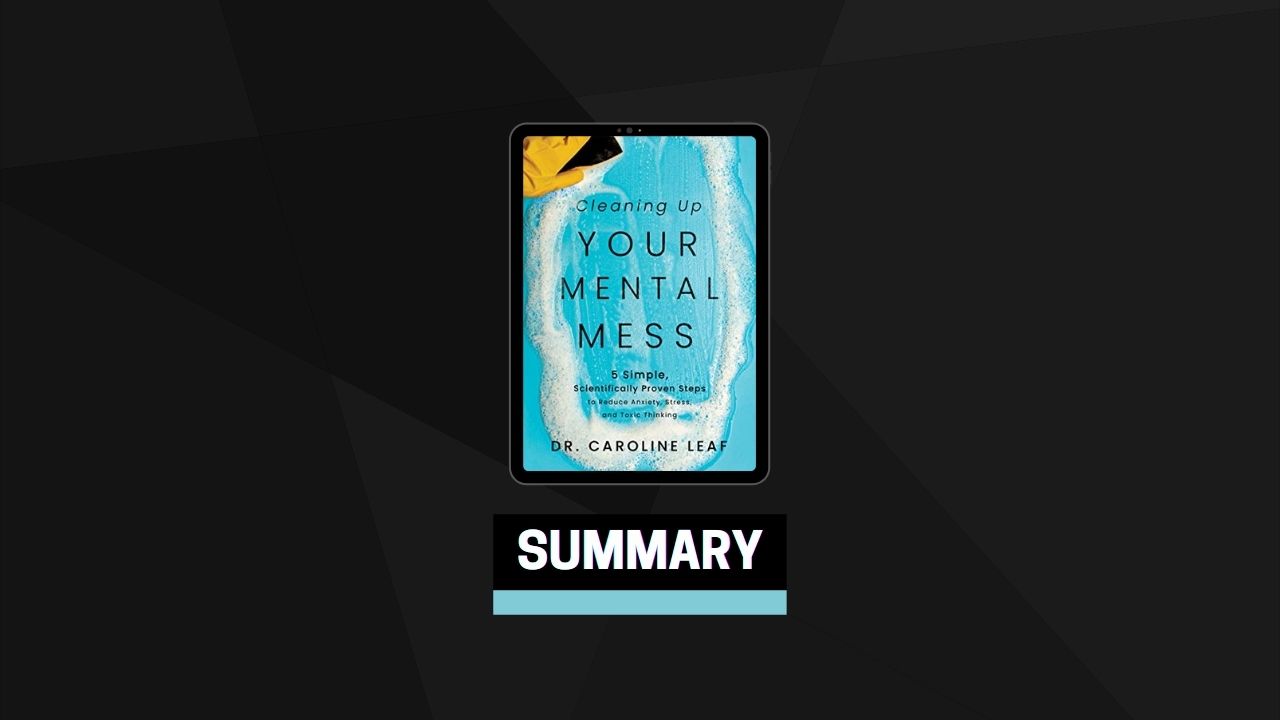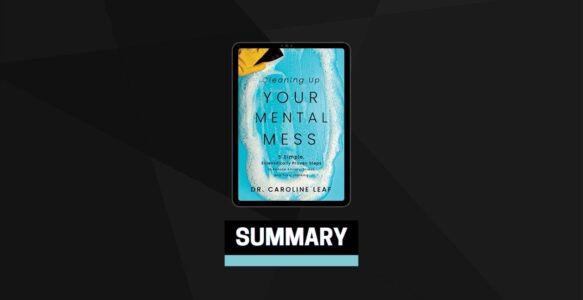Kindle | Hardcover | Audiobook
Learning how to manage your mind doesn’t mean going it alone. We all need all the help we can get as humans in an ever-evolving, hugely complex world, including large doses of gentleness, kindness, and compassion for each other as well as ourselves. We need a new narrative, one where we listen to each other’s narratives and problem-solve through them together.
Why Mind-Management?
The way we use our minds helps us go from just hearing good advice to living a good life. We all have to learn how to catch and edit our thoughts and reactions before they trigger toxic chain reactions and become ingrained neural networks, a.k.a. bad habits.
As we think, the brain literally changes in hundreds of thousands of ways, on cellular, molecular, chemical, genetic, and structural levels—the key is that you can direct this process!
Any brain, at any age, and no matter what has happened to it, can be made to function at a higher level because of the nature of neuroplasticity.
The Interconnected Mind
Whatever we think about the most grows, because we are giving it energy.
The mind is divided into the conscious mind (fully aware when you are awake), the nonconscious mind (works 24/7), and the subconscious mind (just-aware level).
Whatever you experience in your mind will also be experienced in your brain and body. The toxic energy from toxic thoughts accumulates if it isn’t dealt with, and will eventually explode, affecting the way we think, feel, and choose in a volcanic and uncontrolled way.
Dealing with our toxic thoughts and traumas means that all this swirling, chaotic, toxic energy needs to be transferred from the negative thought to the reconceptualized, healthy thought to restore balance and coherence to the mind.
Why the Neurocycle Is the Solution to Cleaning Up Your Mental Mess
We are not prisoners to the contents of our mind, whether they come in the form of an anxious thought, a depressive feeling, and/or a painful memory. The Neurocycle builds memory effectively and in an integrated way, helping us manage the contents of our mind.
Research shows how feeling more self-regulated and in control of life can lead to better mental health, because you’re no longer just a bystander. When you learn how to clean up your mental mess, you become a “first responder” and decision maker in your life.
The 5 Steps Of Neurocycle function like a delivery company, which works no matter what the parcel is, where it comes from, or where it’s going. Likewise, the 5 Steps of mind-management work no matter what your issue is, where it comes from, or where it’s going.
Step #1 Gather
The first step is to Gather. This means choosing to pay attention to your behaviors (what you say and do) and increasing your conscious awareness. This awareness becomes a directing force that instructs the brain how to respond on a chemical, energy, and genetic level. You’re literally pulling the thought tree into the conscious mind to deal with it by gathering awareness of it. You can change something only when you’re conscious of it—that’s why the nonconscious tries to catch your attention by sending you emotional and physical warning signals through the subconscious mind. Never ignore these prompts, no matter how much they may upset you or someone else. They’re rich with information.
Step #2 Reflect
The second step of the Neurocycle is to Reflect. This is where you ask, answer, and discuss what you have gathered awareness of in step 1 through the “w” questions. The purpose of this step is to understand your behaviors and communication, and how they’re related to what you’re thinking, feeling, choosing, and experiencing to find the origin, or the root cause, of what you’re experiencing.
The aim of this step is to shift your focus from the behaviors to the thought that triggered these behaviors, then to the perspective, then to the root cause. This challenges the brain to move into a higher gear, which is what it’s designed for: deep, intellectual thinking.
Another way to do the Reflect step is to use the “5 Why” technique created by Sakichi Toyoda, the Japanese industrialist, inventor, and founder of Toyota Industries. The method is simple: you just ask yourself Why? five times as a way of drilling down to the root issue. However, if you feel the need to use all of the “w” questions more than five times, you can—whatever works for you.
Step #3 Write
Step 3 is to Write. The brain makes or “writes” proteins when genes are switched on by your thinking, feeling, and choosing. When you write down what you’ve been thinking about in step 2, it consolidates memory and adds clarity to what you’re thinking about, allowing you to better see the area that needs to be detoxed or the thought that needs to be built. It essentially allows you to visualize your thoughts, bringing suppressed thoughts out of the nonconscious to be reconceptualized.
Writing brings order out of chaos by “putting your brain on paper.” If we don’t get our suppressed thoughts out, they stay rooted in our mind, causing mental and physical damage. Toxic thoughts have incorrectly folded proteins and an imbalanced electromagnetic and chemical flow with less oxygen and blood flow. They’re unhealthy and can lead to inflammation in the brain, which can cause all sorts of issues.
Step #4 Recheck
Step 4 is to Recheck what you’ve written. This is an editing process (pruning and grafting the tree) to check for accuracy and to find patterns in your thinking, kind of like a mental autopsy. You shift from the “why, what” to more of the “how, when” questions. This process allows you to reconceptualize the toxic thought and turn it into a new, healthy thought habit in the spirit of the kintsugi philosophy. In this step, you’ll evaluate what you’ve written in step 3 and think about the new healthy thought you want to build. You will also be able to rethink your reaction to the information, evaluating how the toxic thought you’re working on is changing, and then reconceptualizing it—little by little, day by day.
Some questions to guide you as you do this step include:
- What am I experiencing physically? Is there a pattern? How is this linked to the information and feelings of the thought?
- What are the patterns of the information in my thoughts? How can I reconceptualize this information?
- What feelings are attached to the information in the thought? What patterns do I see? How can I reconceptualize these feelings?
Step #5 Reach
Step 5 is Active Reach. This is where you practice, apply, and teach what you’ve been working on. An Active Reach is the action you do during the day to practice the reconceptualized thought, and it comes from the Recheck step. You decide what the action is each day as you work through the 5 Steps. It’s meant to be simple, quick, efficient, and easy to apply. It could be a breathing exercise or a simple statement you say to remind yourself what you learned from the first four steps during that particular day. It can be as simple as “practice not saying if only today.”
You can do the same Active Reach as the previous day or a brand-new Active Reach; that’s completely up to you. The Active Reach step is essential; change requires action, not just information. Application is essential to growth—it’s practice, and practice makes perfect.
Some questions to guide you as you do this step include:
- What is my physical trigger?
- What is my reconceptualized information?
- What are my reconceptualized feelings?
Final Word
When we wake up in the morning, our first priority should be to get our mind into the right mental space for the day, not to catch up on social media or see what is happening on the news. How we spend the first few minutes of the day is incredibly important, because it can set the tone for the rest of the day.
How you use your mind to manage your mind is so incredibly important. It is the foundation of a happy and healthy life because it helps you make the choices that lead to a happy and healthy life.



